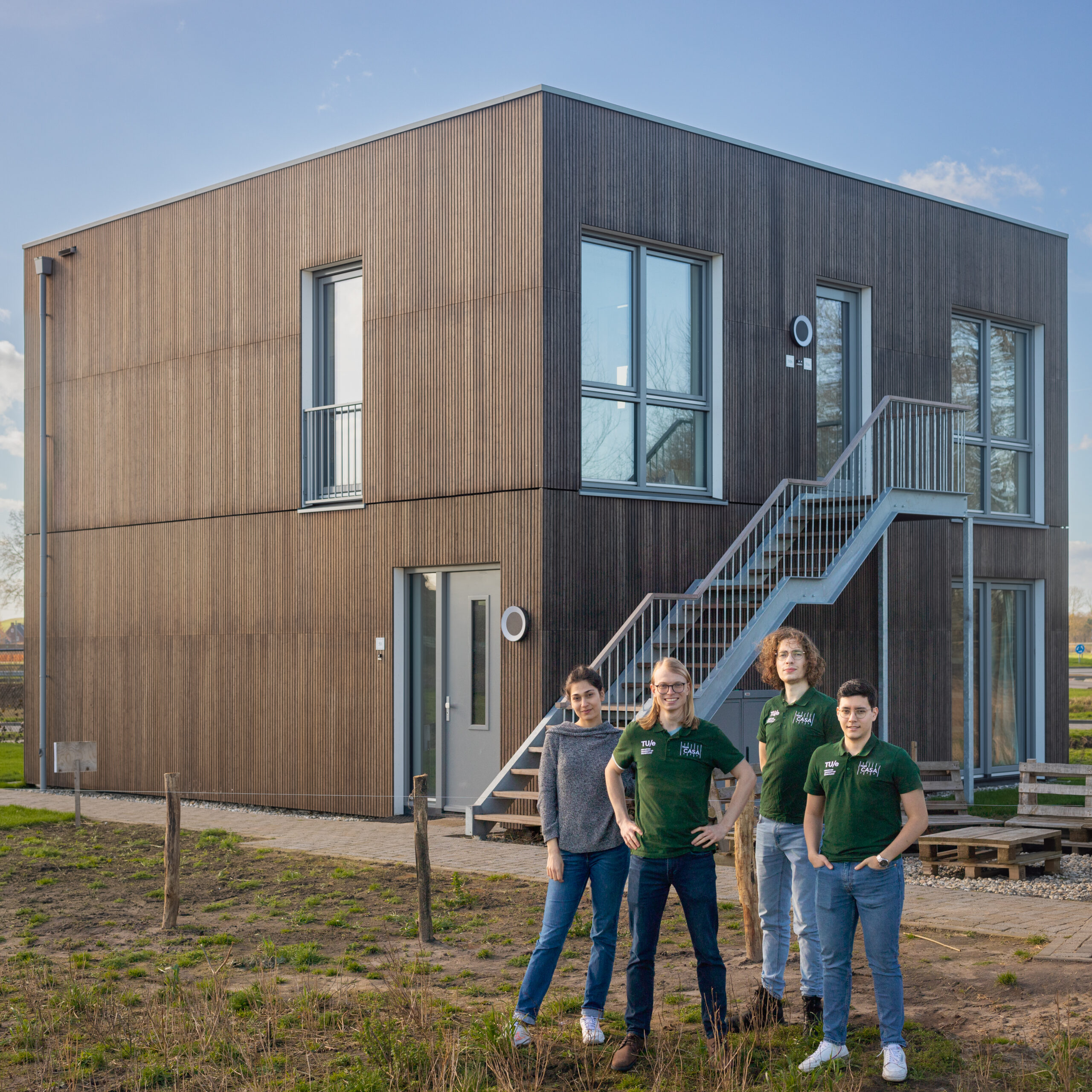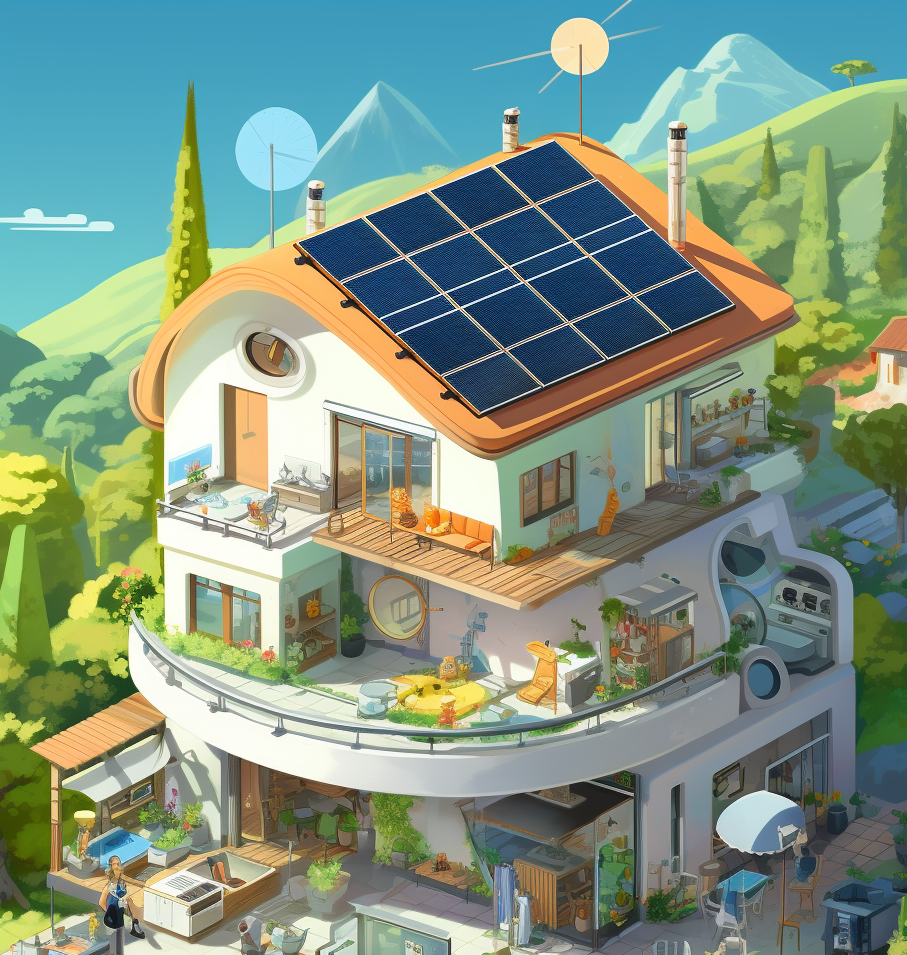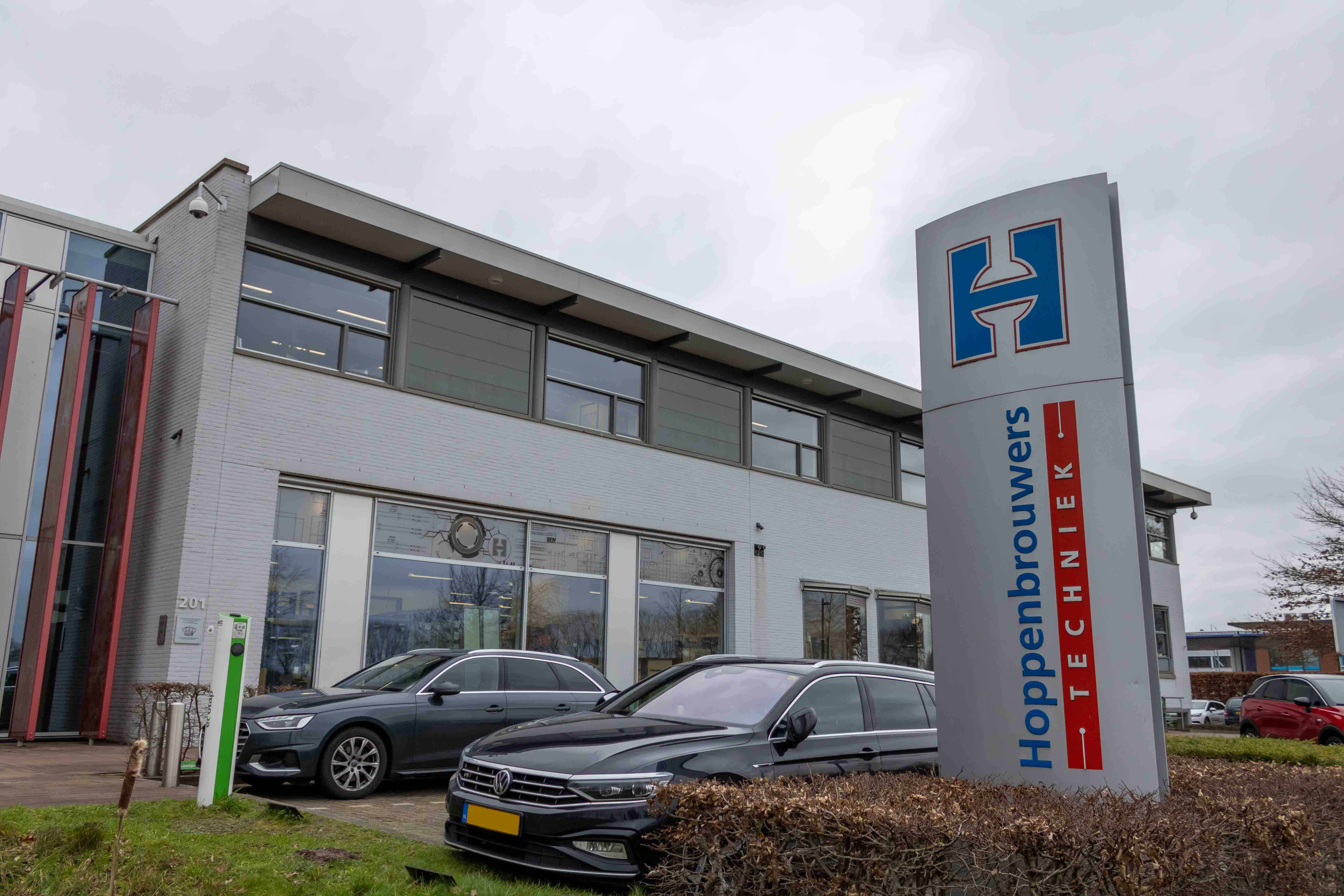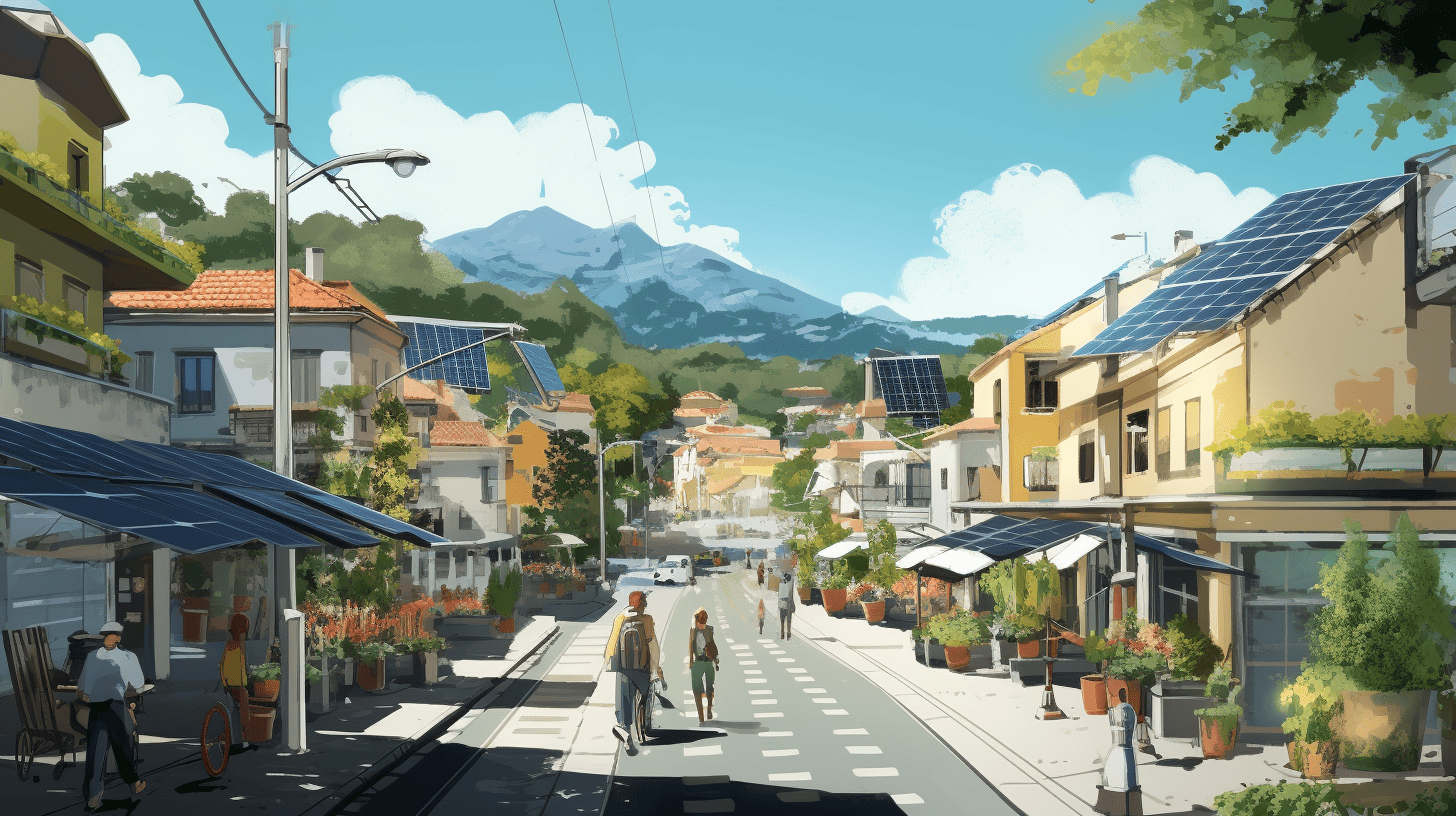
“The first slight heatwave is now behind us and the cooling system worked extremely well,” says Antoine Post enthusiastically. When we spoke to him at the beginning of the year, he was still getting used to living in his own experiment. In the meantime, he is completely at home in CASA 1.0 (Comfortable, Affordable, Sustainable, Alternative).
What started as a project by a team of students at the Eindhoven University of Technology (TU/e) has now become an official company: Integer Technologies.
Independent of the energy grid
CASA 1.0 is located in the Brainport Smart District in The Netherlands. The apartment complex comprises three homes that are connected to a central climate control system and a water basin. The homes are practically independent of the energy grid. The second apartment is to receive new residents this summer, and the third apartment serves as a showroom.
It all started with the amazement that Post felt while studying physics. “There are so many innovations for making homes more sustainable, but so many of them don’t make it into the average residential building.” He founded the CASA student team. The goal? To integrate innovations and design a residential building from scratch that incorporate sustainable techniques.
Installation consultants
Six years later, Post lives in the finished building and runs a business together with Pau Brossa Rodriguez. That was not the plan originally, the young entrepreneur explains. “We thought: we’ll pass on all the knowledge gained by the student team to a company that will put it into practice. After all, the real strength of students does not lie in the area of implementation. But the installation of an integral climate control system turned out to be very complicated. The installers needed a lot of support. We acted as installation consultants.”
It proved impractical to have one company do all the control engineering involved in the plan for CASA. “In the end, we spent more than a year testing, figuring out, and setting up the software. Then the idea of a spin-off came up. After all, we had all the expertise in house.”
Integer Technologies is putting all of CASA’s ideas into practice and seeing what can be improved. The goal is to eventually achieve an upscalable version (CASA 2.0), in which six to eight apartments are connected to one central climate control system.
Climate Control System
The system that supplies heat and ventilation to the three homes is made up of roughly four components. A central control cabinet, solar panels, an underground water tank with a capacity of 104,000 liters and a heat pump. The biggest challenge was to get these components to work together properly within the same system. Exactly how that system works is explained here.
By now, everything can be controlled at the touch of a button, but a lot of thought went into that. For instance, somewhere in the system there is a valve where the water flows through. The opening turned out to be slightly too small, so that the water did not flow as it should. “It took a while before we knew where that problem was coming from. See, the system that we have designed is not cheap. So it has to actually work properly for it to be worth the investment. It’s really a challenge for us as a start-up to design a system on such a high level.”
In fact, Post had expected that his idea would only really be picked up in five or six years. He might even have been too early. But thanks to high energy prices, it has unexpectedly suddenly become quite topical and many interested parties are turning up. “Becoming independent from the energy grid is more attractive than ever.”
Becoming independent from the energy grid is more attractive than ever.”
Antoine Post
Integrated cooling
Translation results
In addition, the system has integrated cooling. While that is often tends to be a luxury item and an energy guzzler, at CASA, it is an indispensable part out of which the system extracts heat for the winter.
“When it was 34 degrees C in Helmond the other day, the thermometer at our place was at 23. That’s what I like best. It sounds like a luxury, but in our system the cooling has been built in from an energy perspective. We want to store all the heat generated in the summer months for the winter. What’s more, cooling will become increasingly important, especially for social housing.”
A year from now, Post hopes Integer Technologies can begin construction of CASA 2.0, along with the main contractor, Hurks. Within a few years, Post hopes to have a few hundred homes connected to the company’s systems. Now the entrepreneurs are focusing primarily on applying it in social housing projects, but in the long term they want to see if the system is suitable for other markets as well. “Small apartment blocks and large homes have as a common denominator that they slurp up a lot of energy and use up heating. So, maybe we can appeal to that target group as well.”
Cover photo: CASA 1.0, image: Rien Boonstoppel.







